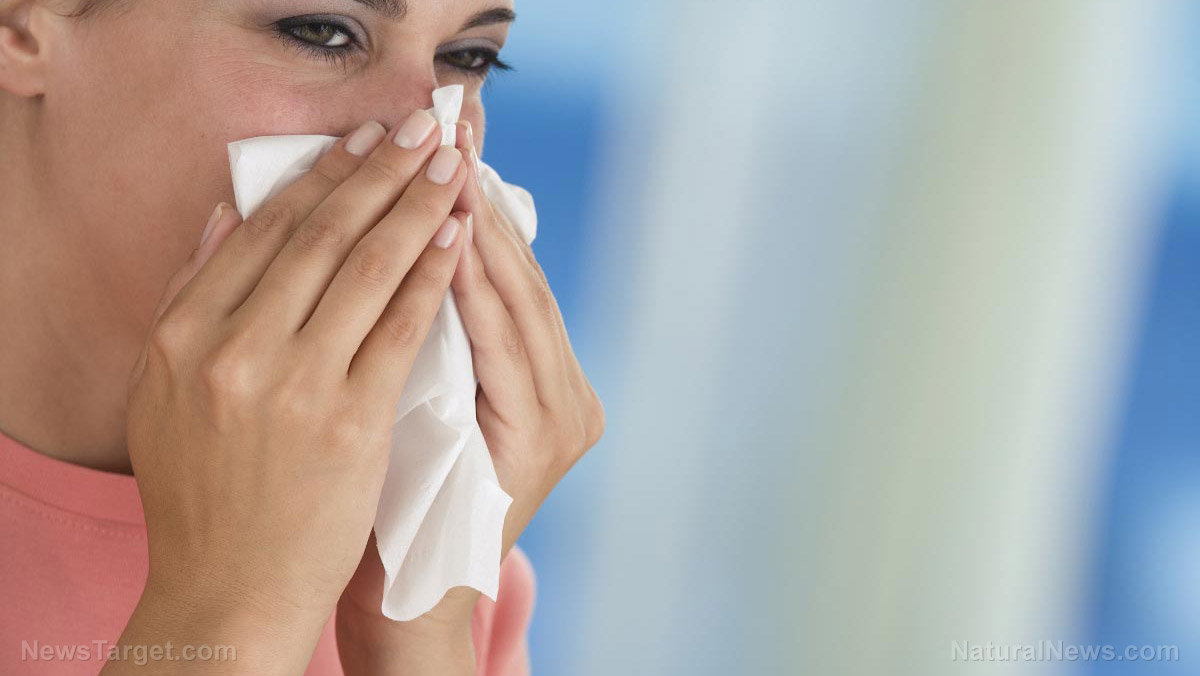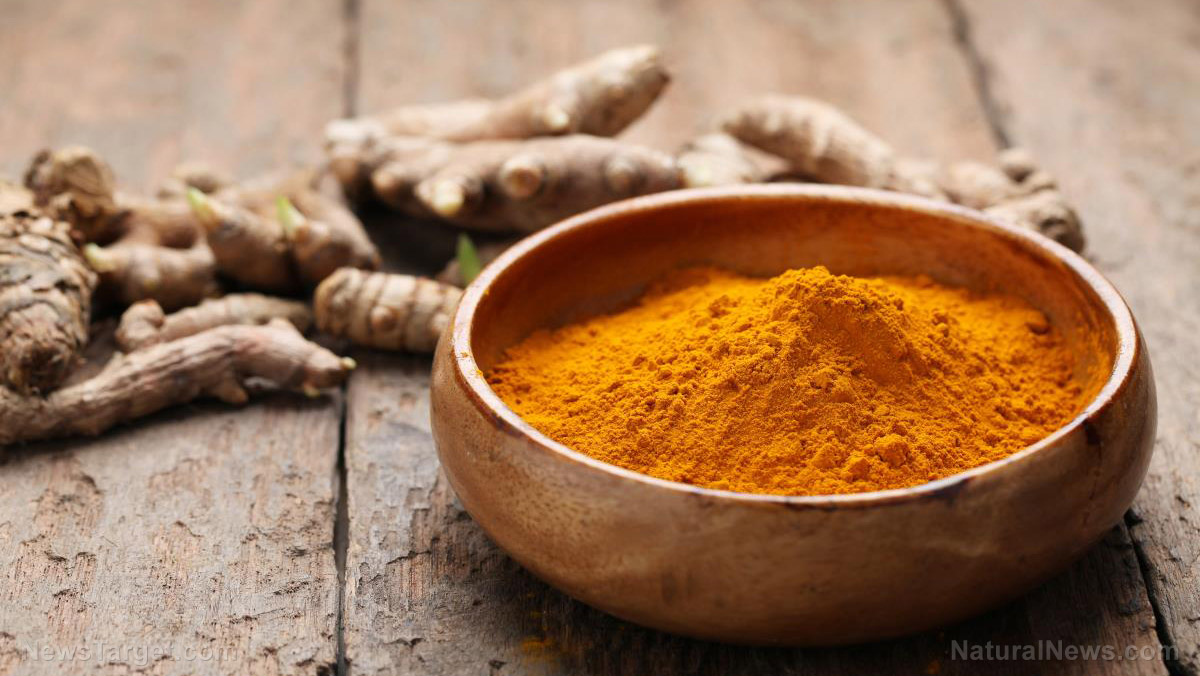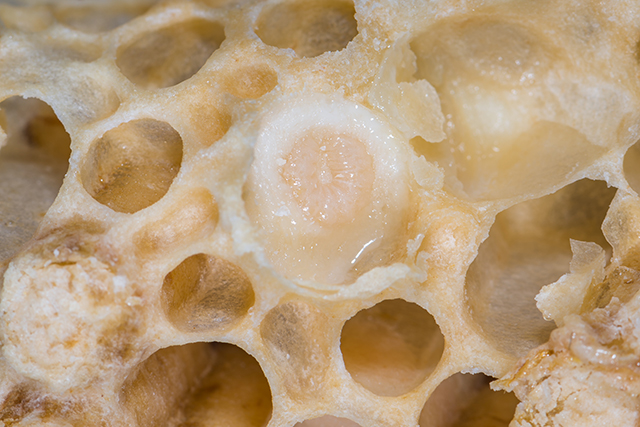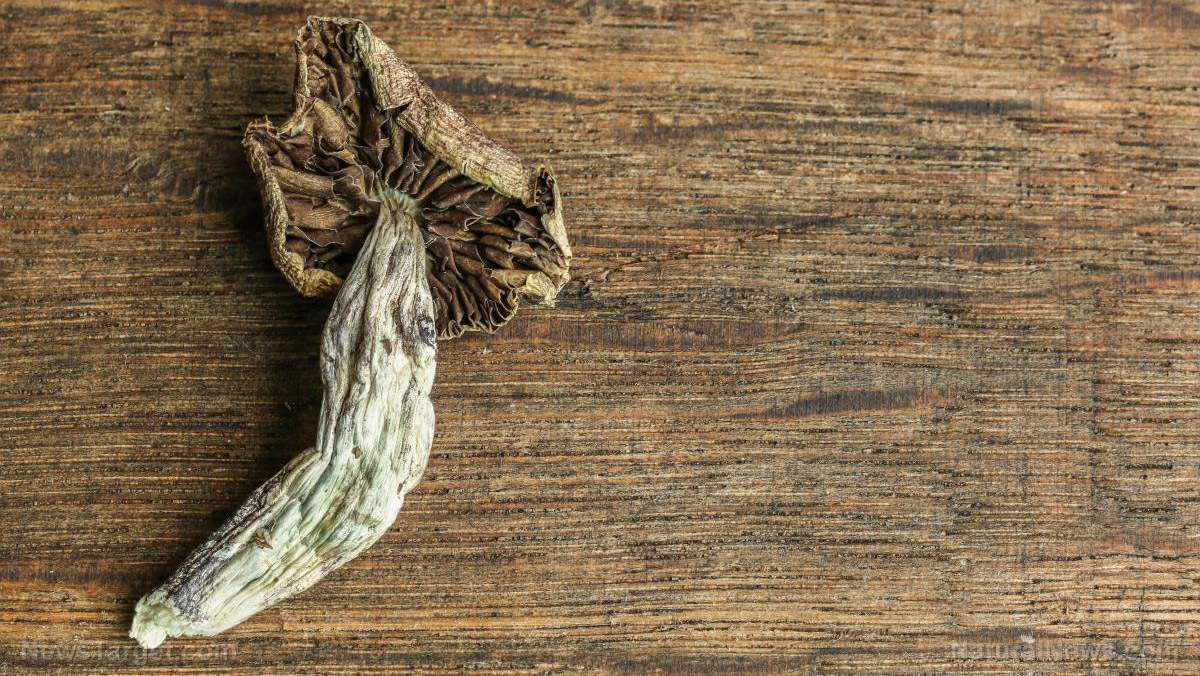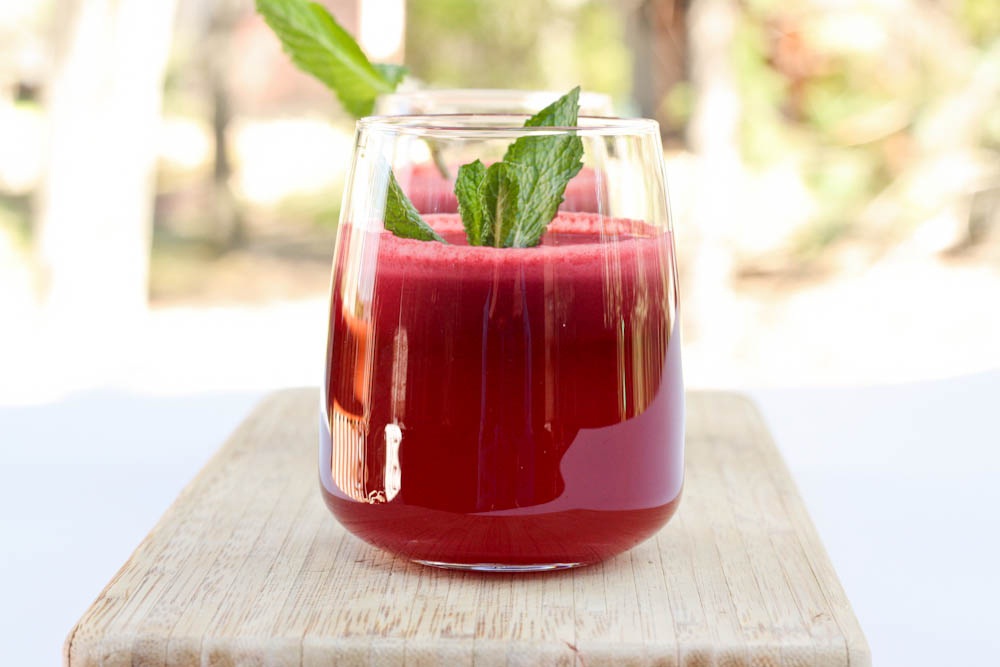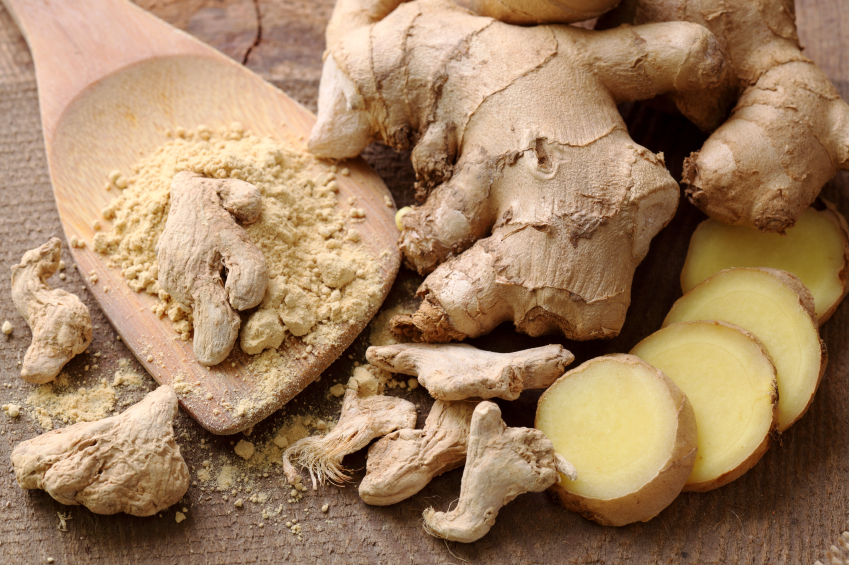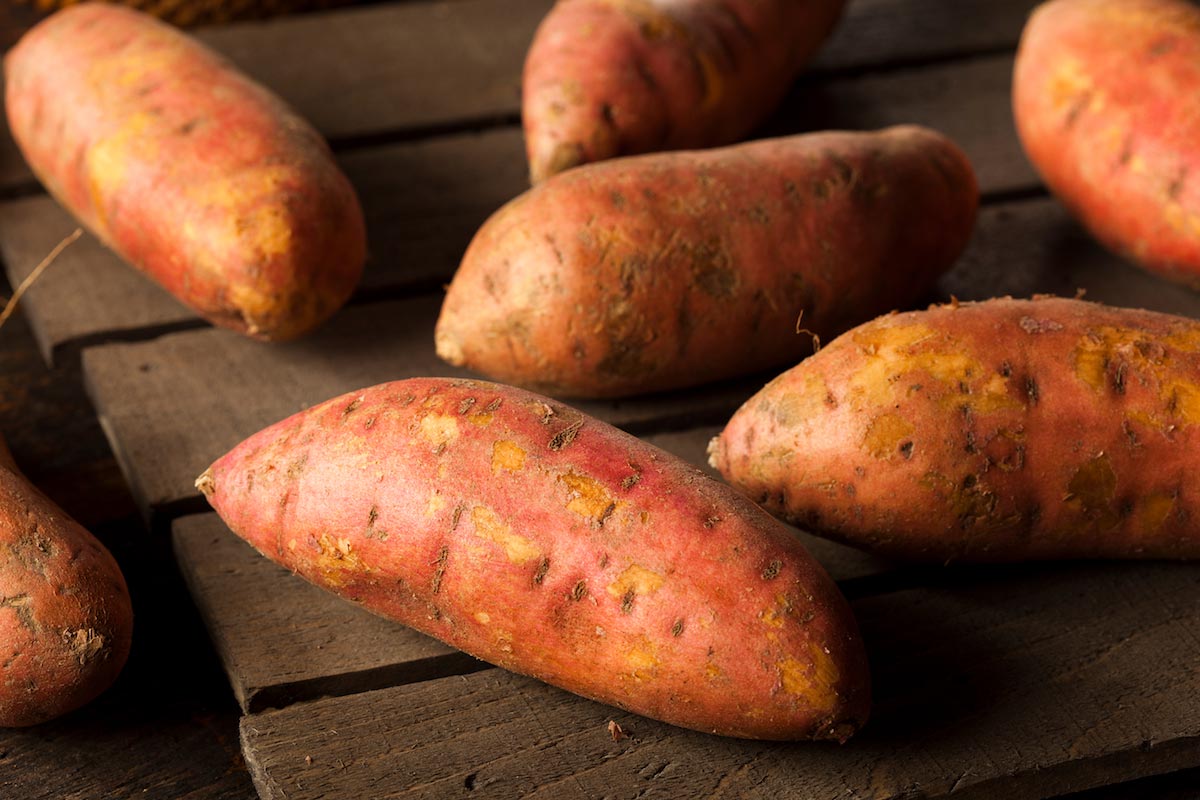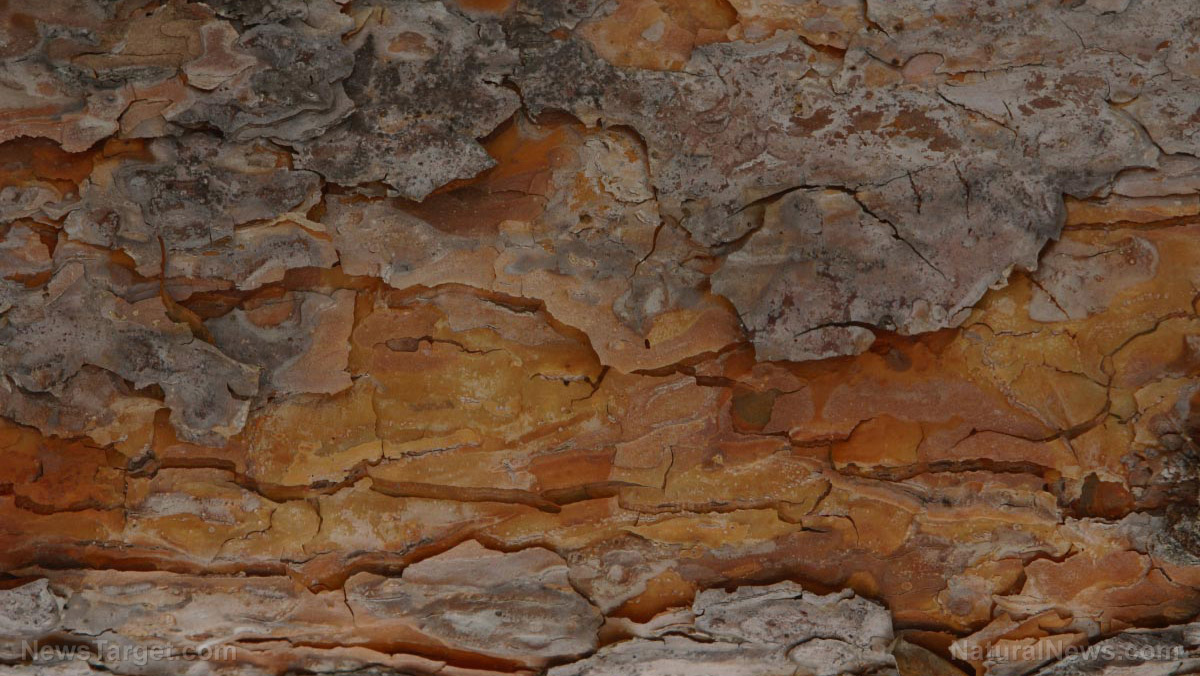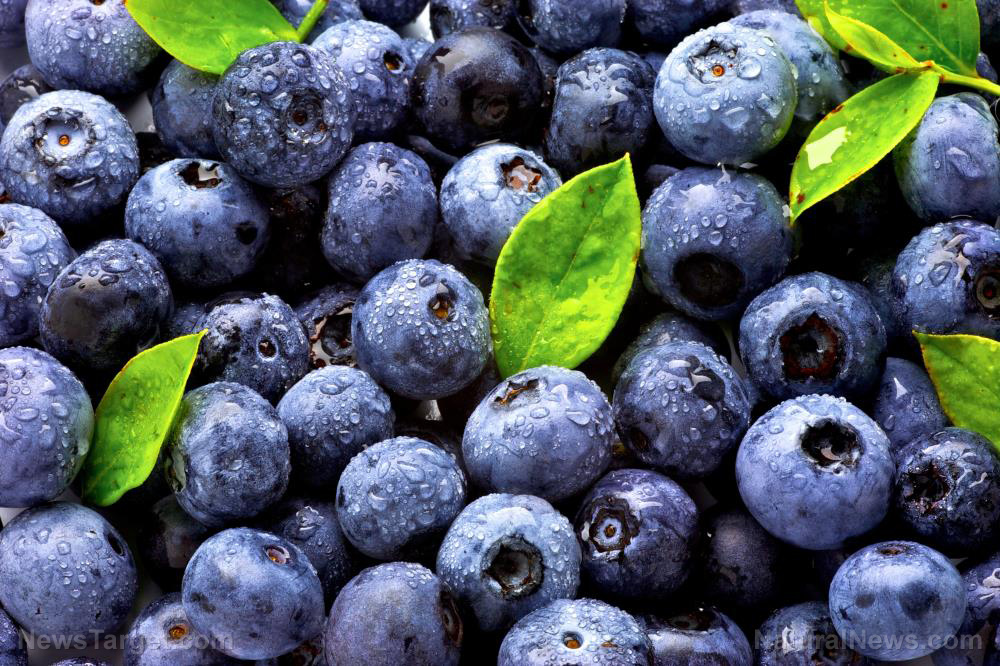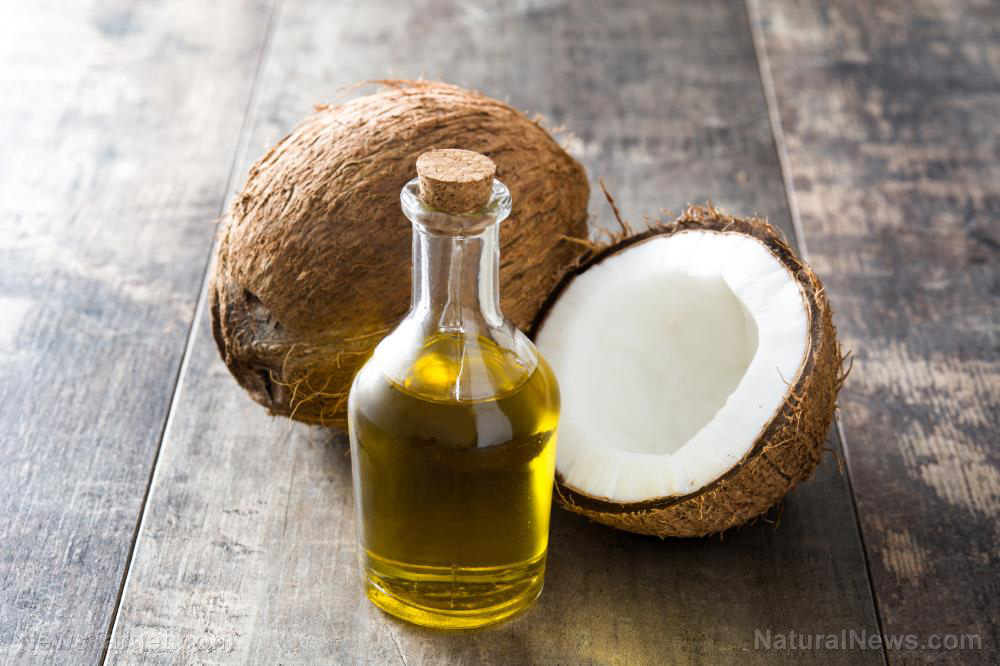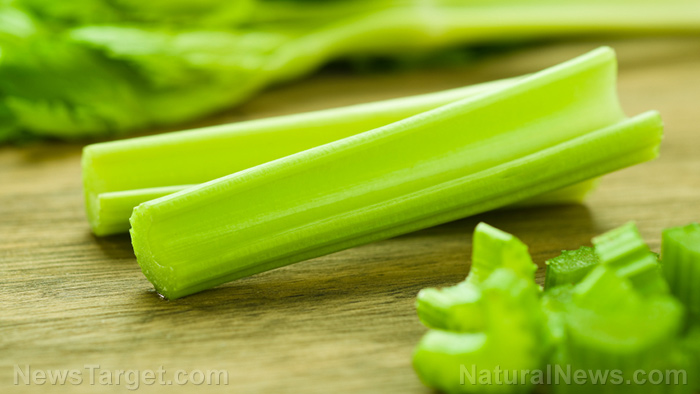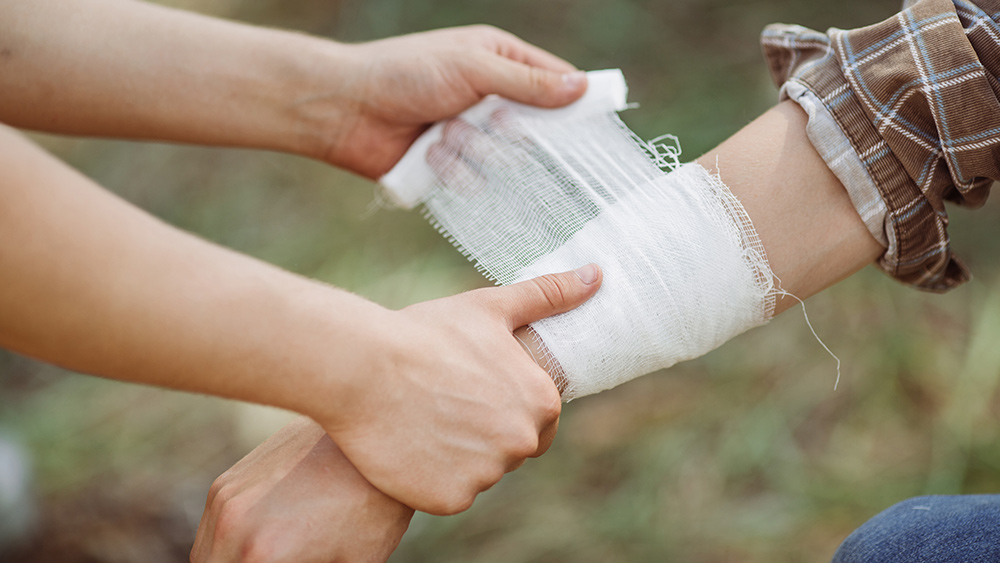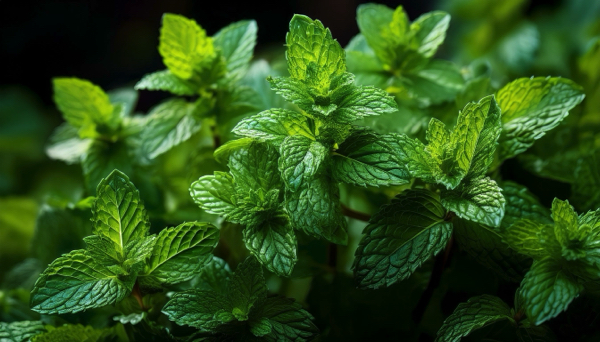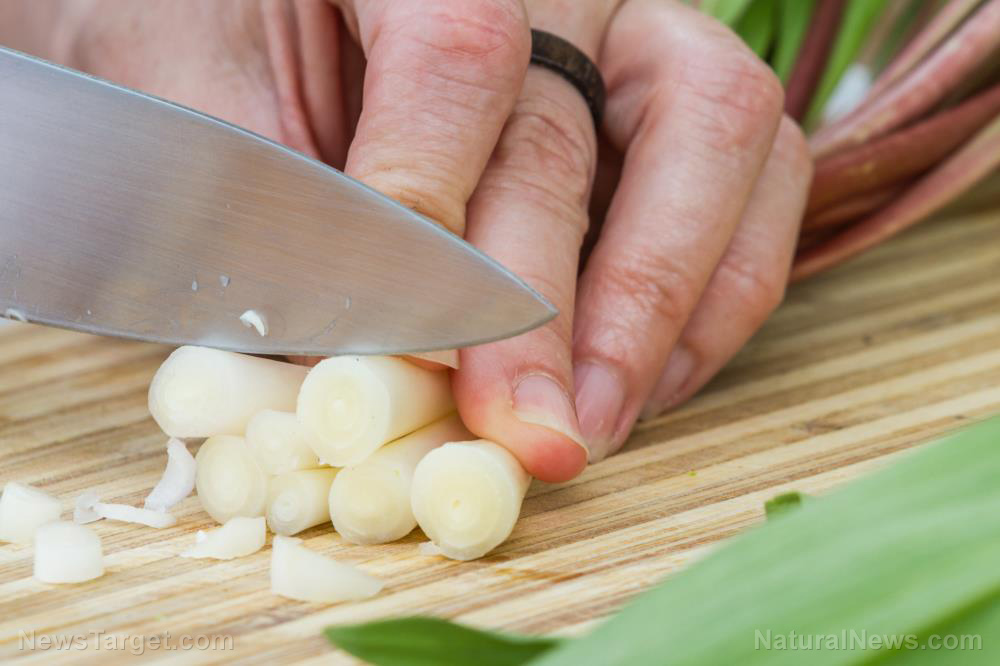8 Proven ways to prevent and ease shingles
12/15/2024 / By News Editors

One in three people will develop shingles (herpes zoster) during their lifetime. Effective therapy is limited. Here are 8 proven ways to prevent shingles and to ease the symptoms without drugs or vaccines
(Article republished from GreenMedInfo.com)
One in three people will develop shingles (herpes zoster) during their lifetime. It occurs when latent varicella-zoster (chickenpox) virus reactivates along sensory nerves to the skin. It causes a painful, blistering skin eruption that lasts for two to four weeks. But long-term effects including chronic pain can last for several months or years and seriously impair quality of life.
Studies show that the rate of shingles is on the rise. And the cause may be the widespread use of the chickenpox vaccine. An Australian study demonstrated that as the use of chickenpox vaccine rises so does the incidence of shingles.
But shingles is a far more serious condition than chicken pox. It can also lead to neuropathy, meningitis, hearing loss, and blindness.
Here are 8 proven ways to prevent shingles and to ease the symptoms without drugs or vaccines.
1. Vitamin C Therapy
According to Thomas E. Levy, MD, JD, vitamin C has been successfully used in the treatment of shingles. In one study eight patients with shingles received 2,000 to 3,000 mg of vitamin C by injection every 12 hours, supplemented by 1,000 mg in fruit juice every two hours. Seven of the eight patients reported complete pain relief within two hours of the first injection.
In another study of 327 shingles patients, vitamin C resulted in complete resolution of the outbreaks in 100 percent of the patients within 72 hours of receiving injections.
2. Fruits and Vegetables
Diets low in micronutrients (e.g. vitamins, minerals, antioxidants, etc.) can increase the risk of shingles by depressing the immune system. In a British community-based case-control study researchers followed 243 shingles patients in 22 general practices in London. The patients were compared to 483 controls with no history of herpes zoster.
They found a strong link between low fruit intake and increased shingles risk. People who ate less than one piece of fruit per week had more than three times the risk of herpes zoster compared to those who ate more than three per day. The same was true when they looked at combined fruit and vegetable intake.
3. Capsaicin
Postherpetic neuralgia is a complication of shingles, that can last long after the initial rash and blisters disappear. It affects nerve fibers and skin, causing chronic burning pain. Studies show that topical capsaicin may be an effective treatment. Capsaicin is the compound in hot peppers that gives them their spice.
In a double-blind study 32 elderly patients with chronic postherpetic neuralgia were treated with either capsaicin cream or a placebo. After six weeks the capsaicin group had significantly greater relief. In fact, almost 80 percent of capsaicin-treated patients had relief from postherpetic neuralgia. The researchers noted that because capsaicin avoids problems with drug interactions and systemic toxicity, it should be considered the first choice in management of postherpetic neuralgia.
In another double-blind, placebo-controlled study of 143 Canadian patients with chronic postherpetic neuralgia patients received topically applied capsaicin 0.075% cream or placebo. After six weeks pain reduction, pain severity, pain relief, and functional capacity significantly improved for the capsaicin group but the placebo group remained unchanged.
Researchers also followed 77 of the patients in an open-label arm of the same study for two years. They found that the benefits of the six-week trial were maintained or improved in 86 percent of the patients. And there were no serious adverse effects of the capsaicin. The researchers concluded that capsaicin cream should be the first choice in treating postherpetic neuralgia.
4. Acupuncture
Acute herpes zoster is a prevalent condition. One of its major symptoms is pain, which can highly influence patient’s quality of life. Effective pain therapy is limited.
In a Chinese study of acute shingles cases, 72 patients were randomly divided into two groups. One group received acupuncture around the margins of the herpes zoster outbreak. The other group received acupuncture plus moxibustion of the area around the needling. Moxibustion is a traditional Chinese medicine therapy which consists of burning dried mugwort (moxa) on particular points on the body. The acupuncture group had an effective rate of 85.3 percent, with the herpes stopping, scab time shortened, and residual neuralgia reduced. The results with acupuncture plus moxibustion were even better. Those cases were cured within three days with an effective rate of 97.4 percent.
Also, acupuncture is more effective than medications for shingles. In another Chinese study of 80 herpes zoster cases, patients were randomized to receive either electroacupuncture or the drug valacyclovir hydrochloride. Results showed the electroacupuncture was 92.5 percent effective compared to only 67.5 percent for the drug. In addition, the cure rate for the electroacupuncture was 75 percent compared to only 37.5 percent for the drug.
5. Peppermint Oil
In a case study of a 76-year-old woman, standard pain therapies failed to bring her relief. Doctors advised her to apply neat peppermint oil (containing 10% menthol) to her skin. The peppermint oil resulted in almost immediate improvement in pain that lasted for four to six hours after she applied the oil.
6. Tai Chi
Rates of shingles increase markedly with age as immunity to the varicella zoster (chickenpox) virus decreases. A study in the Journal of the American Geriatric Society found that Tai Chi boosts immunity to the varicella zoster virus. In a prospective, randomized, controlled trial of 112 healthy adults, one group did Tai Chi for 25 weeks while another group received health education. After 16 weeks both groups were vaccinated with VARIVAX, the live attenuated Oka/Merck varicella zoster virus vaccine.
Results showed the Tai Chi group had nearly twice the levels of cell-mediated immunity to the virus compared to the health education group. In fact, Tai Chi alone increased immunity about as much as the shingles vaccine. The Tai Chi group also showed significant improvements in physical functioning, bodily pain, vitality, and mental health.
In another study from UCLA, 36 men and women over 60 were assigned either to Tai Chi or a control group. For 15 weeks, the Tai Chi group received three 45-minute instruction classes per week. Cell-mediated immunity to the varicella zoster virus increased by 50 percent with Tai Chi. In addition, Tai Chi practitioners also had significant increases in physical functioning.
7. Light Therapy
UVB light therapy can significantly reduce shingles pain. In one study 25 patients with severe pain in the first seven days of zoster rash were divided into two groups. The prevention group received the drug acyclovir for 10 days plus UVB light therapy three times a week until pain relief or a maximum of 15 sessions. The control group received acyclovir only.
After one month 58.33 percent of the light therapy patients were completely pain-free compared to only 38.46 percent of the drug group. At three months 83.33 percent of the light therapy group were completely pain-free compared to only 53.85 percent of the drug group. The severity of pain was also lower in the phototherapy group than the control group. The researchers concluded that UVB phototherapy in the acute stage of shingles might reduce the incidence and severity of lingering neuralgia.
8. Seaweed
Seaweed may prevent an outbreak and speed healing of shingles. An Australian study tested seaweed in 15 patients with active herpes zoster and 6 subjects with a latent form of the infection. The seaweed was GFS, a proprietary preparation of Tasmanian Undaria pinnatifida. Undaria is the most commonly eaten seaweed in Japan. Researchers found that subjects with active shingles who ate the seaweed had increased healing rates. In addition, patients with latent infection remained asymptomatic while they ate the seaweed.
Read more at: GreenMedInfo.com
Submit a correction >>
Tagged Under:
alternative medicine, disease treatments, herpes zoster, nutrients, nutrition, shingles, Super foods, Xpost
This article may contain statements that reflect the opinion of the author
RECENT NEWS & ARTICLES
consumerwellness.info is a fact-based public education website published by consumerwellness.info
All content copyright © 2023 by consumerwellness.info
Contact Us with Tips or Corrections
All trademarks, registered trademarks and servicemarks mentioned on this site are the property of their respective owners.

